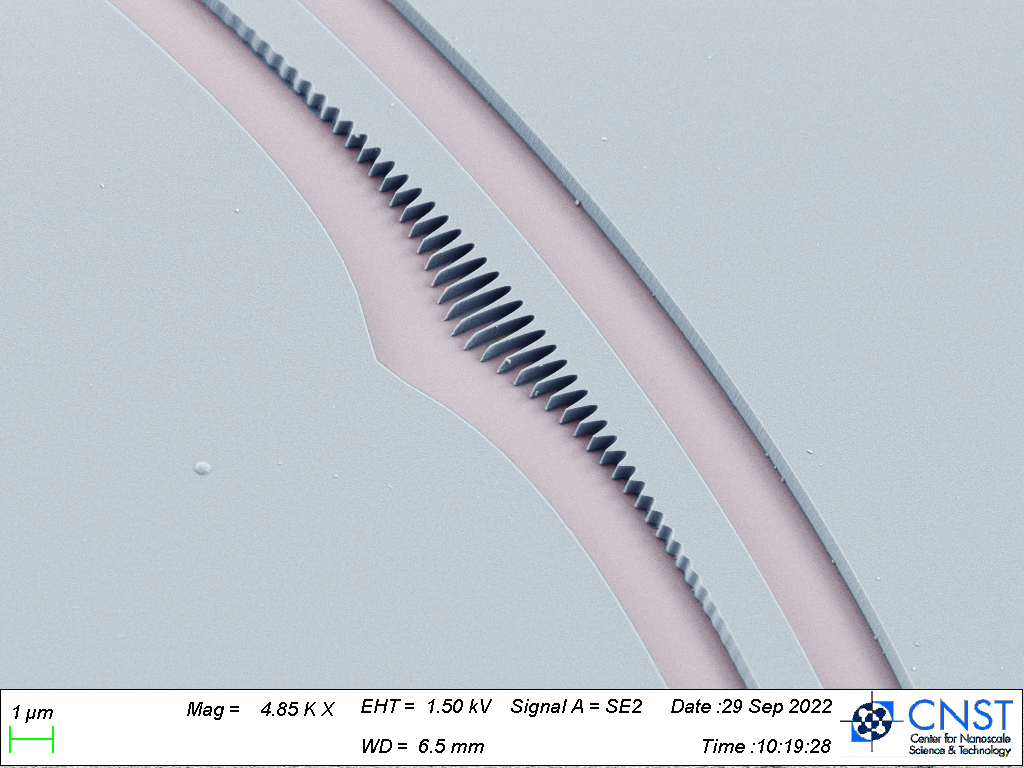
The dispersion of a microresonator, which describes how its resonance frequency spacings vary with frequency, is a critical parameter in governing the behavior of microresonator nonlinear optical devices, and in particular microresonator frequency combs. In a recent publication, we describe an approach to engineering this dispersion on a mode-by-mode basis, using photonic crystal gratings whose designs are determined by a Fourier synthesis technique. We demonstrate this dispersion engineering approach experimentally and discuss its implications in tailoring microresonator frequency comb spectral envelopes with control that is not achievable in standard microring resonators. In particular, while dispersion engineering in standard microring resonators globally impacts the frequencies of all resonator modes and is restricted in terms of the types of dispersion profiles achievable, our Fourier synthesis technique enables nearly arbitrary control of dispersion, that can, for example, enable the creation of targeted dispersive waves. We also delve into some of the complicating factors associated with this approach, and consider limits in which simple design rules break down and more extensive electromagnetic simulations are needed.
Our manuscript is part of a special focus issue 'Microresonator Frequency Combs: New Horizons.'
Ref: Fourier synthesis dispersion engineering of photonic crystal microrings for broadband frequency combs, G. Moille, X. Lu, J. Stone, D. Westly, and K. Srinivasan, Communications Physics, 6, (2023)